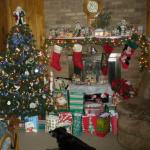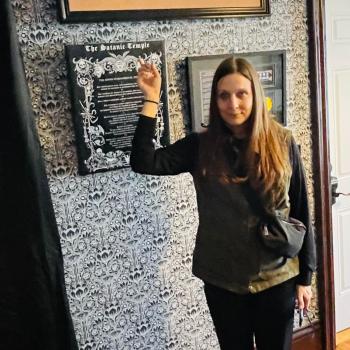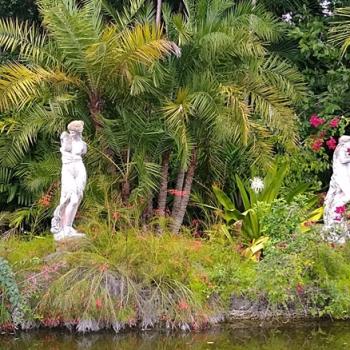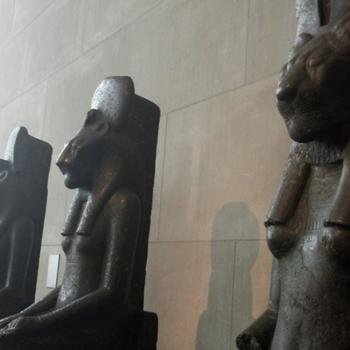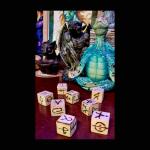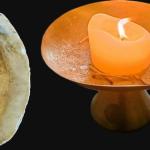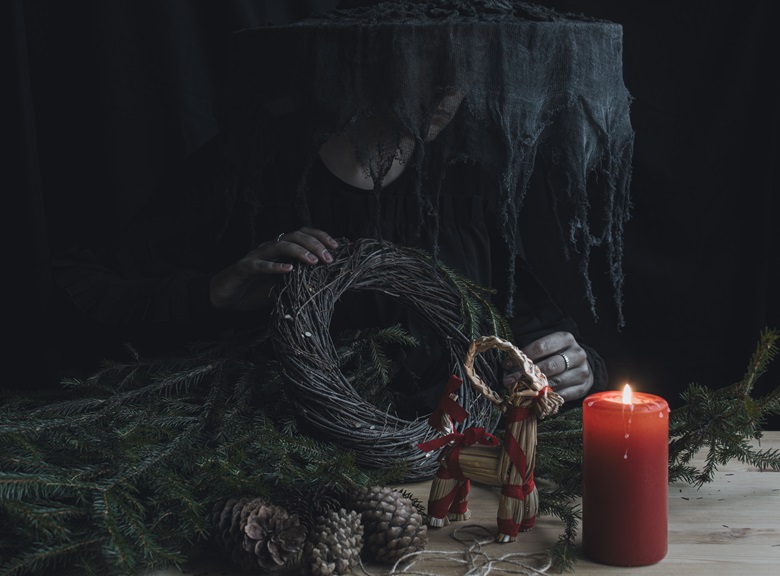
The Yuletide season is here, which means social media is full of memes about the Icelandic Yule Cat and Krampus. The Yule and Christmas season has always been a favorite for me, but my fascination with the Yuletide season has greatly expanded since I began learning about the different Yule beings from across the world.
Krampus
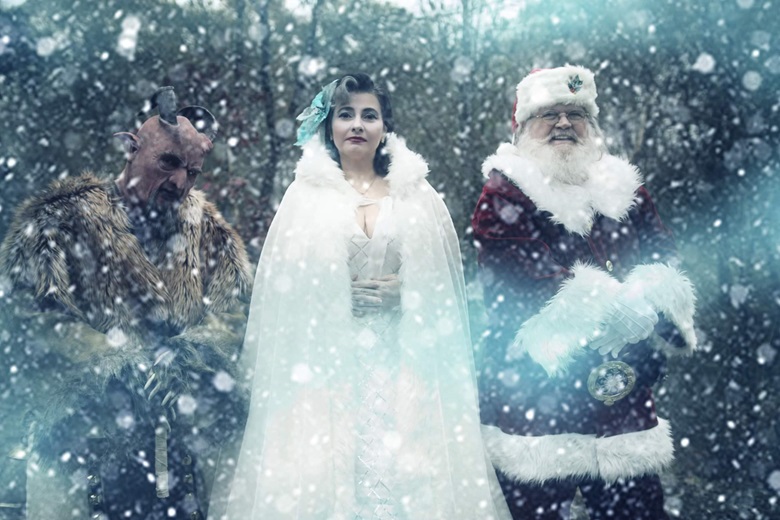
Many people are familiar with Krampus. He has taken over the internet as the darker, edgier side of Yule. There is a lot of speculation about the origins of Krampus. Some people have retroactively added him to the Norse Pantheon as a child of Hel. Perhaps he is, but I haven’t found that story in any of the Norse literature yet.
Krampus is a Yuletide being that originated in somewhere in Germany and/or Eastern Europe. There is a variety of Krampus-like beings who have been known to make an appearance in December. It is believed that St. Nicholas, a fourth century Christian bishop, would visit the local villagers on the night of December 5-6 to bestow gifts to children and those in need. He was often accompanied by a sinister figure, and sometimes an angel. This menacing figure is known as Krampus in Austria and parts of Germany. Krampus would follow St. Nicholas around the villages and punishes the naughty children. Typically he would beat the misbehaved children with the switch he carries. In some cases, he might eat the children or carry them to Hell. Mind you, fourth century Europe where Krampus originated was heavily Christian.
Today, Krampus has spread from Germany and Eastern Europe all over the world. Krampus is recognized in several countries such as Austria, Slovenia, Germany, the Czech Republic, and Hungary where there are Krampus celebrations, parades, and festivities all based around this dark Yuletide figure. The Krampus celebrations are also gaining recognition in the United States and other parts of Europe.
Mari Lwyd
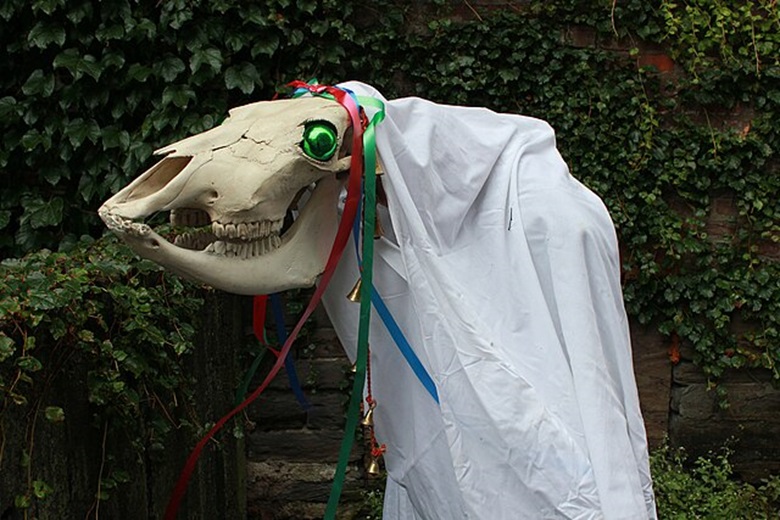
If you are an Anglophile or know one, you may have heard of the Welsh Mari Lwyd. Mari Lwyd is a Yule being from Welsh wassailing folklore. Mari Lwyd is typically shown as a horse’s skull (usually a real horse’s skull but I’m sure you can find a fake one), mounted on a pole and covered by a white sheet. Her eyes are often represented by lights or baubles. The Mari Lwyd is carried from house to house by wassailers who hoped to receive food or drink from the homeowners. Once Mari Lwyd arrived at your house, the wassailers would sing a song asking to come in and the homeowners would have to answer in their own rhyming song telling Mari Lwyd and her wassailers no. This poetry battle would go on until one side ran out of comebacks, and then Mari Lwyd would be allowed to enter the home and the wassailers would receive food or drink. Initially, the homeowners always tell Mari Lwyd she cannot enter but by the end she always gets her way.
Tomten
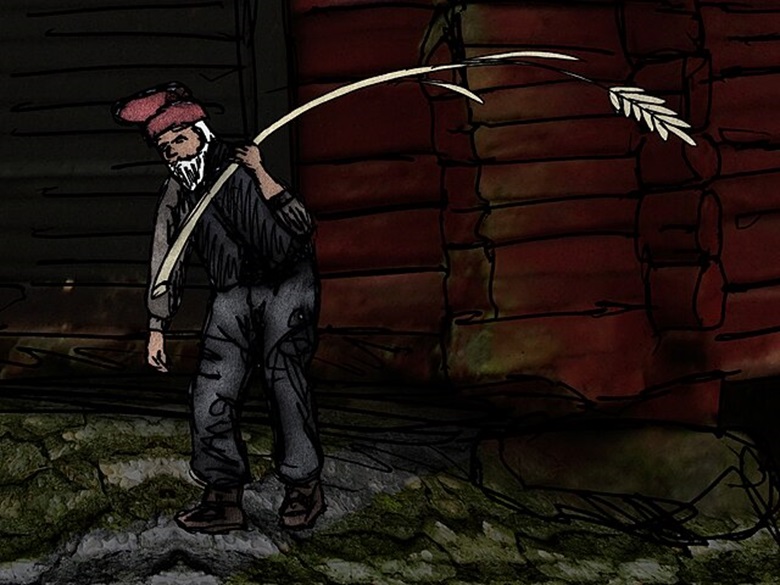
The tomten is an essential part of Scandinavian folklore. He’s a little gnome of sorts, dedicated to one home or farm, looking out for the farm animals and children of the place, pattering about by night, unseen, to check on everyone’s welfare. Generally, they are considered to be spirits of place who become familiars of a household. The tomten is a short (three feet or so) elderly man of unpredictable disposition, attired in grey woolen clothes and wearing a red cap.
Unlike their English cousins, the gnomes, who most frequently dwell in the countryside, tomtens reside in towns, houses, barns or cellars. They live only where there is cleanliness, order and discipline. By disposition, tomtens can be impulsive and cranky. Spying on them is not recommended, just the magickal beings do their work. Tomten are beings who care for their families and land all year long. But thanks to a poem written by the Swedish poet/author Viktor Rydberg in 1881 called “Tomten,” the tomten have become a staple of Yule in Northern Europe. The opening and closing stanza of Rydberg’s poem is:
“Deep in the grip of the midwinter cold
The stars glitter and sparkle.
All are asleep on this lonely farm,
Deep in the winter night.
The pale white moon is a wanderer,
Snow gleams white on pine and fir,
Snow gleams white on the roofs.
The tomten alone is awake.”
The Yule Lads, Their Mother and her Cat
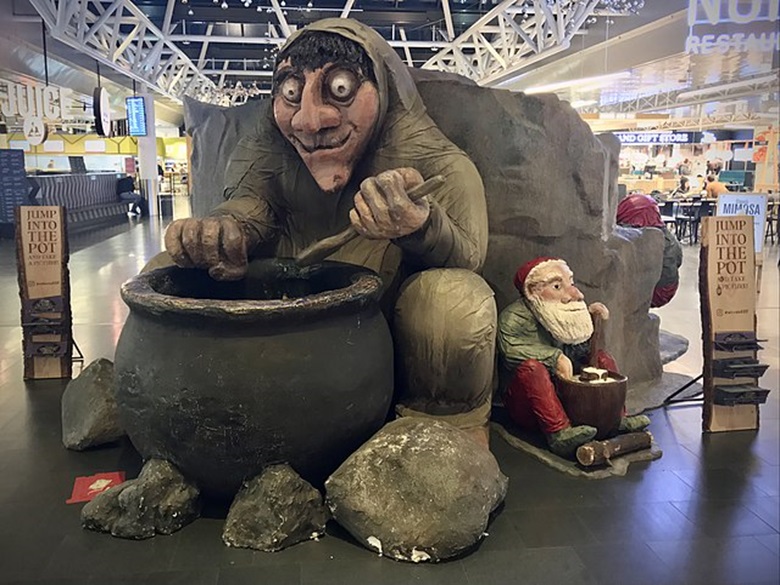
The Icelandic Yule Lads are 13 trolls who live in Northern Iceland with their mother, Gryla. The Yule Lads come down from their mountainous home during the 13 days of Yule to harass and steal from Icelanders. Each lad’s name indicates what he likes to steal such as Pottaskefill which means pot-scraper. He steals leftovers from pots left unattended in homes. As if having your dishes and food stolen by the Yule Lads isn’t enough, Icelanders also have their mother Gryla to worry about.
This giantess is one of the most evil figures in Icelandic folklore, and horror stories about her are still told to children over the festive season. Throughout the year, it is said that she collects whispers about children around the island misbehaving, and when winter sets in, she sets out to gather them.
Her appetite for the flesh of naughty youths is insatiable, and each year, she finds no shortage of her favorite crop. Collecting them up in a sack, she then cooks them in a pot and turns them into a giant stew that will sustain her until the next winter.
Gryla alone is enough to terrorize the worst child into behaving, but Gryla doesn’t work alone. She shares her mountain cave in north Iceland with an enormous black feline called the Yule Cat, which also has an appetite for human flesh. The Yule Cat, however, does not just seek out those who have misbehaved. It happily preys on anyone who did not get new clothes to wear for Christmas. I imagine giving clothing to loved ones at Yule or Christmas is almost as popular as giving books. If you have not heard of the Icelandic tradition of giving books, you can learn more about it here.
And Many More….
These are by no means all of the Yule beings. I certainly don’t know of all the Yule beings. And even the bit that I know would fill a book if I tried to put it all together. However, if you would like to check out a fun book that covers a plethora of Yuletide beings and traditions, check out The Old Magic of Christmas by Linda Raedisch here.This is just a sampling of some of my favorite Yuletide beings.
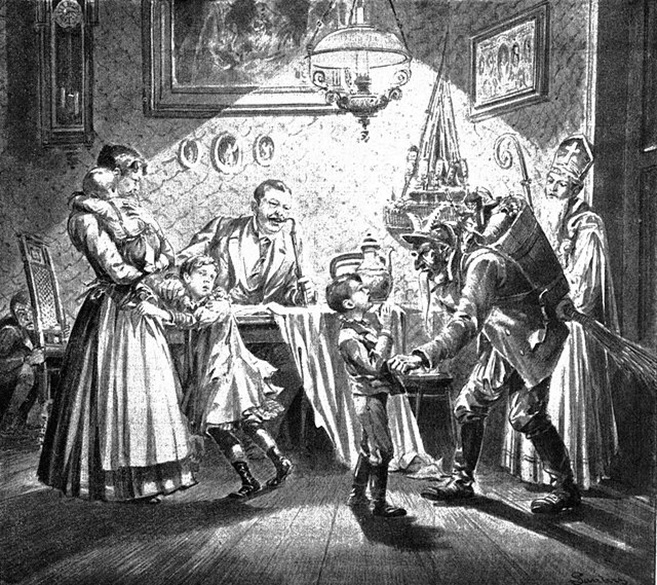
Modern Pagan Thoughts
It seems like many of the Yule beings we learn of originated in Christian Europe but reflect pre-Christian beliefs. We know that the early Church had a hard time converting people to Christianity and borrowed holidays and customs from their local cultures that were then blended into Christianity.
It also seems like many of these Yule beings are sinister figures, meant to scare children (and adults) into good behavior. This is also a Christian custom – holding the threat of hell or punishment over people to coerce them into behaving a certain way. It is possible that the Church turned these beings into monsters as a way of scaring people away from their Pagan roots.
However, the fairy tales and folklore of old were not as Disney-fied as we would like to imagine. Many of the Yuletide beings mentioned here and elsewhere were more like monsters than misunderstood forest creatures. The world is a harsh place, and it always has been. These stories may be too frightening to tell children nowadays. But things were different in the past, life was harder and shorter. Innocence and naivety were not always encouraged in young people. But something tells me that being a parent has always been somewhat the same. The scary monsters that appear during the darkest days of the year may have just been another way our ancestors kept their unruly and restless children from tearing the house apart.



